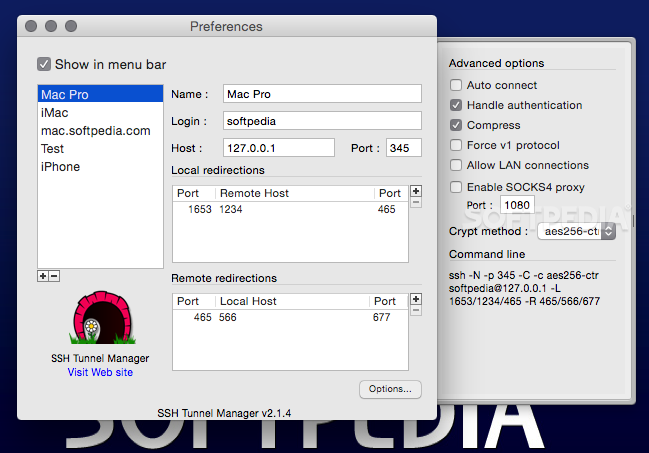
Configure point-to-site VPN on the gateway (see Scenario 1).Create a virtual network gateway (if one does not exist).

In this scenario, the remote users need to access to resources that are in Azure and in the on premises data center(s). Scenario 2 - Users need access to resources in Azure and/or on-prem resources For troubleshooting point-to-site connections, follow this link.ĭownload and distribute the VPN client configuration.ĭistribute the certificates (if certificate authentication is selected) to the clients.For Azure AD authentication, follow this link.For certificate authentication, follow this link.In this scenario, the remote users only need to access to resources that are in Azure.Īt a high level, the following steps are needed to enable users to connect to Azure resources securely:Ĭreate a virtual network gateway (if one does not exist).Ĭonfigure point-to-site VPN on the gateway. Scenario 1 - Users need access to resources in Azure only Also, please note that point-to-site VPN is only supported on route-based VPN gateways. For example, select OpenVPN with Certificate-based authentication if you have a mixture of client operating systems that need to connect. It would be helpful to select the authentication method based on the client OS that is already in use. The table below shows the client operating systems and the authentication options that are available to them.
Azure data studio ssh tunnel how to#
This article describes how to enable users to work remotely based on various scenarios. This solution is useful for telecommuters who want to connect to Azure VNets or on-premises data centers from a remote location, such as from home or a conference. A P2S connection is established by starting it from the client computer. About Point-to-Site VPNĪ Point-to-Site (P2S) VPN gateway connection lets you create a secure connection to your virtual network from an individual client computer. It can scale up easily and turned off just as easily and quickly when the increased capacity is not needed anymore. The Azure point-to-site solution is cloud-based and can be provisioned quickly to cater for the increased demand of users to work from home. This article describes the options that are available to organizations to set up remote access for their users or to supplement their existing solutions with additional capacity during the COVID-19 epidemic. To implement SSH with Microsoft Entra ID, see Log in to a Linux VM by using Microsoft Entra credentials.This article describes how you can leverage Azure VPN Gateway, Azure, Microsoft network, and the Azure partner ecosystem to work remotely and mitigate network issues that you are facing because of COVID-19 crisis.Linux VM: The Linux VM accepts the OpenSSH user certificate and provides a successful connection. Microsoft Entra ID: Microsoft Entra authenticates the identity of the user and issues short-lived OpenSSH user certificates to the Azure CLI client. OpenSSH client: The Azure CLI (or the user) uses the OpenSSH client to start a connection to the Linux VM. The browser communicates with the identity provider (Microsoft Entra ID) to securely authenticate and authorize the user. Web browser: The user opens a browser to authenticate the Azure CLI session. The user also provides credentials for authentication.Īzure CLI: The user interacts with the Azure CLI to start a session with Microsoft Entra ID, request short-lived OpenSSH user certificates from Microsoft Entra ID, and start the SSH session. User: The user starts the Azure CLI and the SSH client to set up a connection with the Linux VMs.

The system includes the following components: The following diagram shows the process of SSH authentication with Microsoft Entra ID: Securely transferring files in an unsecured network. Running remote commands in Linux-based systems. Working with Linux-based VMs that require remote command-line sign-in. You can use SSH authentication with Active Directory when you're: It also provides a client extension that integrates with the Azure CLI and the OpenSSH client. Microsoft Entra ID provides a virtual machine (VM) extension for Linux-based systems that run on Azure. SSH replaces the Telnet protocol, which doesn't provide encryption in an unsecured network. It's commonly used in systems like Unix and Linux. Secure Shell (SSH) is a network protocol that provides encryption for operating network services securely over an unsecured network.


 0 kommentar(er)
0 kommentar(er)
